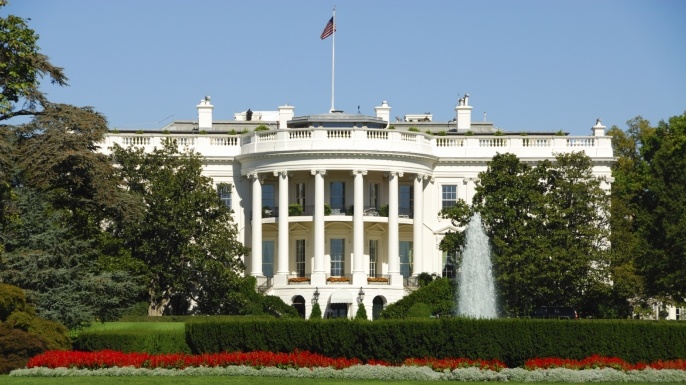
The election of Donald J. Trump as President of the United States yesterday surprised us at AEE as much as the rest of the business, political, and media world. Nonetheless, this morning, AEE sent a memo to the Trump Transition Committee, outlining AEE’s recommendations for the incoming administration. Notably, the memo to the Trump team was identical to the one AEE would have sent to the Clinton transition group had the election turned out differently. It has always been AEE’s belief that advanced energy should be seen as a nonpartisan opportunity for the United States to lead the world toward a prosperous future running on secure, clean, affordable energy. Technology innovation, customer choice, and economic growth – these are the benefits the advanced energy industry has to offer. To paraphrase President-elect Trump’s campaign slogan: Advanced energy can make American energy great again. Our transition memo spells out how.
As the memo explains, our energy system is going through a transformational change – consumer preferences, dynamic new technologies, and new threats are causing the energy system as we have known it for the past century to evolve. In addition to supporting 2.7 million jobs in the United States, the advanced energy industry is poised to provide the technology and know-how to bring in a new era of secure, clean, affordable energy.
To that end, AEE recommended three themes for the incoming Trump administration to consider as guideposts for spurring private investment, supporting job creation, improving grid reliability, and driving down costs for consumers with advanced energy:
- Modernize the electric power system as part of rebuilding the nation’s infrastructure. It is well documented that our nation’s roads and bridges are old and failing, but the same is true of our energy infrastructure. While spending on transmission and distribution is increasing, grid reliability is declining, just as new capabilities are needed. The Administration should target energy infrastructure investment to increase reliability at lowest cost to consumers. Investment opportunities include, but are not limited to: strategic transmission assets that bring advanced energy generated in remote locations to population centers that need it; non-transmission alternatives that solve electricity delivery problems at lower cost; infrastructure that supports vehicle electrification, which will reduce our dependence on oil; smart meters and advanced grid software that collect and share data to enhance reliability and resilience. The Administration should also implement policies that facilitate access to customer and utility system data that can optimize system operations and inspire new products that deliver savings to customers.
- Transform utility business models to speed up power system progress. For investor-owned utilities and public power authorities to become full partners in creating an advanced energy future, rather than reluctant implementers of policies that conflict with their financial interests, the utility business model – and the regulatory structure that governs it – needs to change. The Administration should take action to help make that happen, at both federal and state levels. Specific steps include: using FERC to open up wholesale electricity markets managed by RTOs to advanced energy technologies now excluded by market rules, using the President’s bully pulpit to highlight and amplify transformative policies and regulatory frameworks put in place by leading states, and offering technical resources from federal agencies to aid in business model reform efforts.
- Allow all technologies to compete in order to achieve objectives. Advanced energy technologies and services solve many problems. They reduce air pollution, increase grid resiliency and reliability, improve the efficiency and reduce the emissions of transportation, and more. But regulations need to be modernized to allow new technologies and services to compete and to allow companies the option of purchasing advanced energy where and when they want it. In addition, EPA and other federal regulations need to allow advanced energy to qualify as solutions. The Administration should take a technology-neutral approach to compliance for all regulations and allow all technologies to qualify wherever they are effective.
AEE also submitted specific policy recommendations for nine federal agencies, including the Department of Energy, Department of Defense, Department of Transportation, Environmental Protection Agency, and Federal Energy Regulatory Commission.
Campaign rhetoric notwithstanding, the transformation of the U.S. energy system is underway. Advanced energy can deliver greater reliability, savings in energy costs, and a cleaner energy system for the 21st century. The advanced energy industry can contribute to the many urgent needs facing our country, and we look forward to working with President Trump and the new Congress to deliver an advanced energy future for the nation.